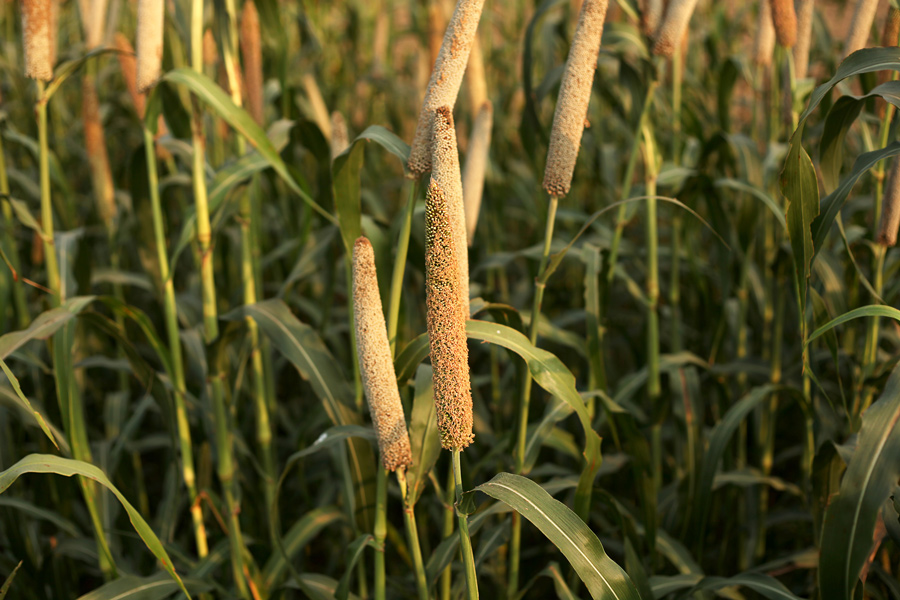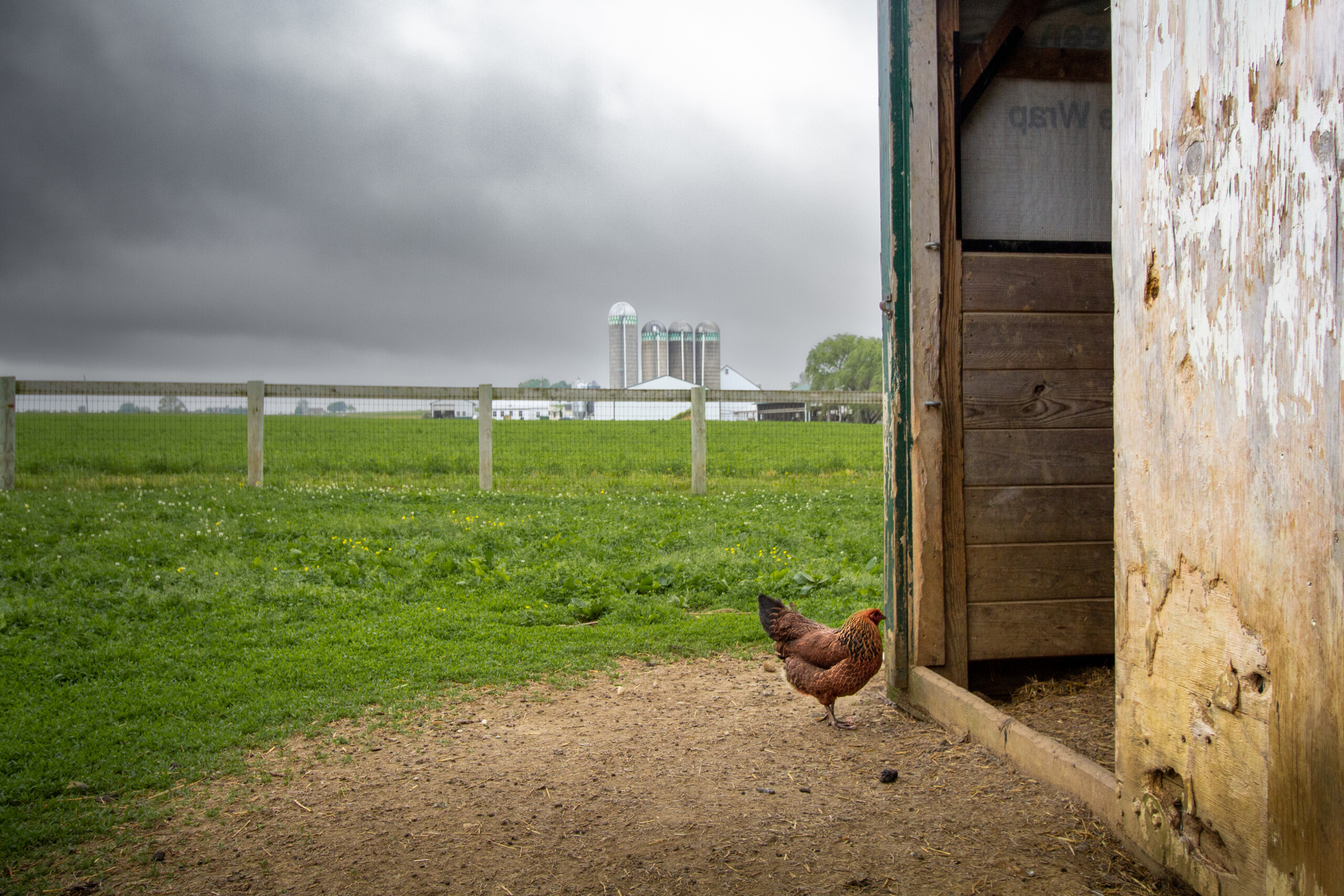Climate
-

Nobody wants drought, but it’s been happening a lot in recent years in the Southeastern U.S. For farmers without irrigation, it may seem that little can be done besides accept what rain comes. However, by paying attention to forecasts and following general practices that help collect and retain moisture, risk can be reduced for all manner
of future climate conditions. Here are some ideas for what can be done, centered around two practices: first, knowing what’s in store; second, planning ahead.Carrie Furman
|
-

This publication provides information relevant for agriculture and other industries that are under increasing public pressure to reduce emissions of certain atmospheric gases. Explanations are given about greenhouse gases, carbon footprints, reducing fossil fuel use, alternative energy sources, manure management and carbon credits. Knowing your carbon footprint or energy use can help poultry producers reduce the amount of energy they use and improve their bottom line.
Claudia Dunkley
|
-

The cumulative greenhouse gas (GHG) emissions from any human activity are commonly referred to as the carbon footprint. The Poultry Carbon Footprint Calculation Tool was developed and designed specifically for poultry production farms. The tool can be used to estimate the greenhouse gas (GHG) emissions from pullet, breeder, and broiler grow-out farms.
This publication provides an overview for poultry producers on how to use the tool and gives recommended applications. The tool can be downloaded from
https://poultry.caes.uga.edu/content/dam/caes-subsite/poultry/documents/GHG-Calc-Tool.xlsmJohn Worley, Brian Fairchild, and Claudia Dunkley
|
-

In recent years, global climate change has been one of the most frequently discussed scientific ideas in the popular press. Terms like “global warming” and “greenhouse gas” have been politicized with little discussion of what they really mean, shedding more heat than light on scientific discussions of changing climate. Concerns about the relative contributions of greenhouse gases from different industries have caused much finger pointing without making it clear how the gases are produced and what options are available for management of the gas emissions. In particular, agriculture has been identified as one of the major contributors to greenhouse gas emissions, and this has caused consumers to question the production practices used in modern agricultural systems. Specific focus has been placed on cattle production because these animals digest feed by a process called “enteric fermentation,” which produces methane as a by-product. The purpose of this bulletin is to explain the basic debate surrounding methane production from livestock, in particular how it is produced in the rumen.
Pam Knox and Jacob Segers
|
-

Temperatures affects plant growth and distribution. This publication explains how low temperatures (chilling and freezing) affect plant growth in production greenhouses, nurseries, and landscapes. These three environments have different causes and effects, each requiring unique responses to avoid injury. This publication outlines different techniques that can be used to avoid cold injury to plants.
Paul Thomas, Svoboda Pennisi, and Eric Stallknecht
|